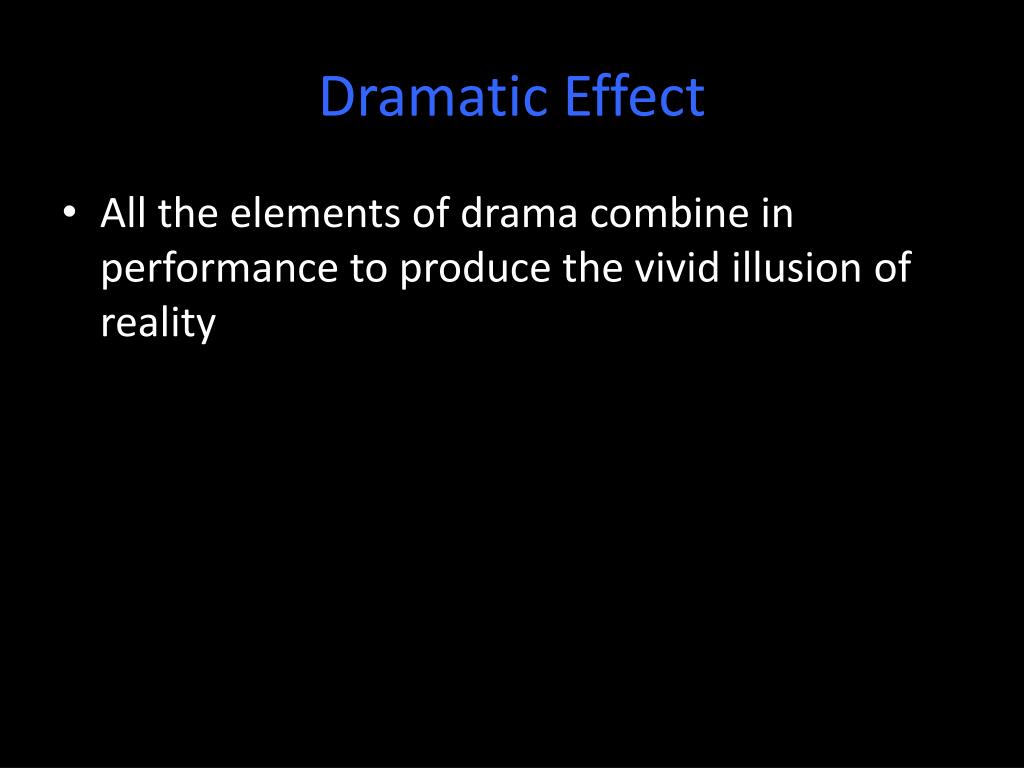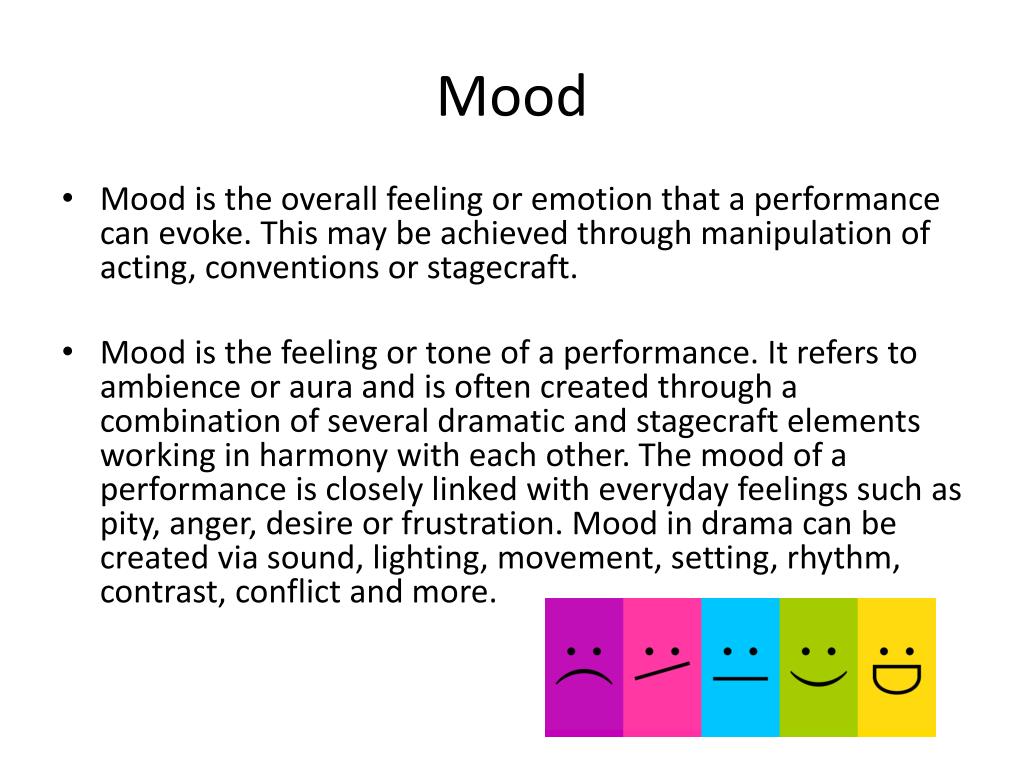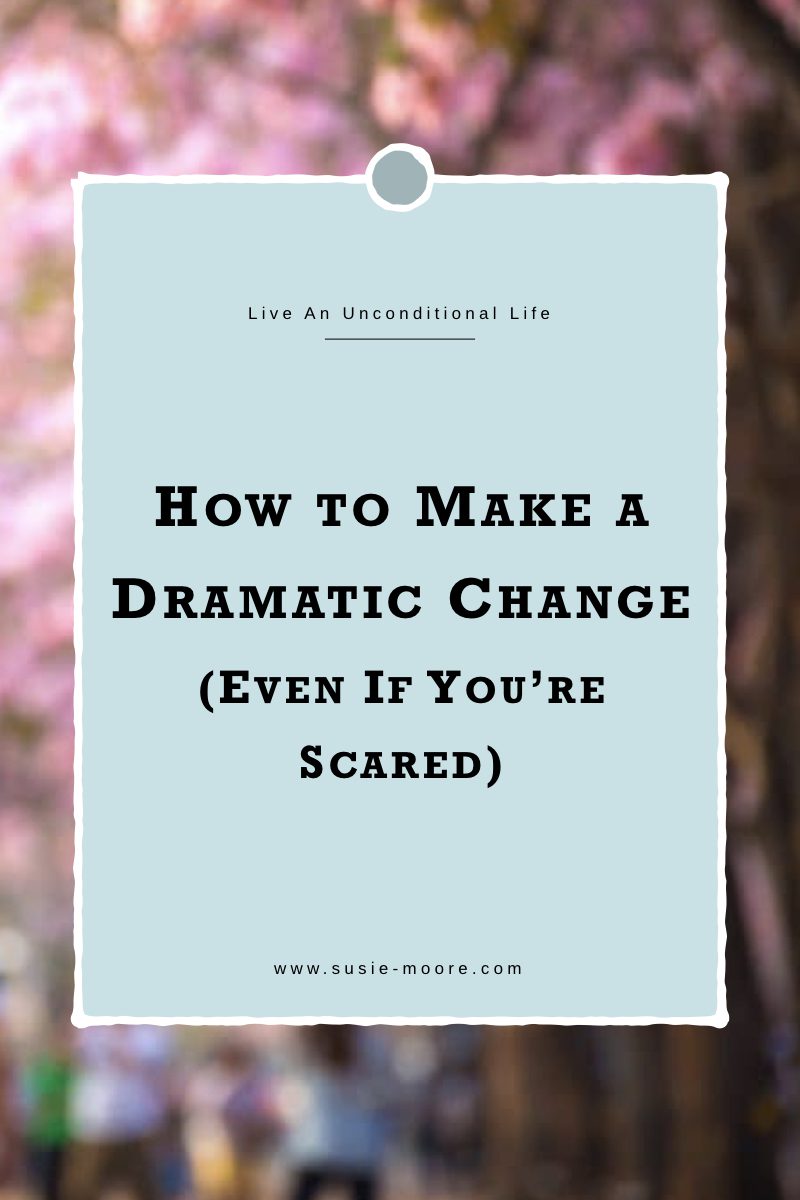Dramatic Affect
Dramatic Affect - Dramatic effect refers to the emotional impact and intensity created in a visual work that captures the viewer's attention and evokes a. These can include the use of dialogue,. Learn about the techniques that playwrights use to create dramatic effects in their plays, such as soliloquy, asides, masks, disguises, and. It did not have a dramatic effect. Dramatic devices are elements used by writers in plays or scripts to create drama, tension, and emotion.
Learn about the techniques that playwrights use to create dramatic effects in their plays, such as soliloquy, asides, masks, disguises, and. These can include the use of dialogue,. It did not have a dramatic effect. Dramatic effect refers to the emotional impact and intensity created in a visual work that captures the viewer's attention and evokes a. Dramatic devices are elements used by writers in plays or scripts to create drama, tension, and emotion.
It did not have a dramatic effect. These can include the use of dialogue,. Dramatic effect refers to the emotional impact and intensity created in a visual work that captures the viewer's attention and evokes a. Learn about the techniques that playwrights use to create dramatic effects in their plays, such as soliloquy, asides, masks, disguises, and. Dramatic devices are elements used by writers in plays or scripts to create drama, tension, and emotion.
Dramatic Change synonyms 649 Words and Phrases for Dramatic Change
These can include the use of dialogue,. Learn about the techniques that playwrights use to create dramatic effects in their plays, such as soliloquy, asides, masks, disguises, and. It did not have a dramatic effect. Dramatic devices are elements used by writers in plays or scripts to create drama, tension, and emotion. Dramatic effect refers to the emotional impact and.
PPT Introduction to Drama PowerPoint Presentation, free download ID
It did not have a dramatic effect. Dramatic effect refers to the emotional impact and intensity created in a visual work that captures the viewer's attention and evokes a. Dramatic devices are elements used by writers in plays or scripts to create drama, tension, and emotion. Learn about the techniques that playwrights use to create dramatic effects in their plays,.
Dramatic Effect Tutorial YouTube
These can include the use of dialogue,. Dramatic devices are elements used by writers in plays or scripts to create drama, tension, and emotion. Dramatic effect refers to the emotional impact and intensity created in a visual work that captures the viewer's attention and evokes a. Learn about the techniques that playwrights use to create dramatic effects in their plays,.
PPT Dramatic Elements PowerPoint Presentation, free download ID2450748
These can include the use of dialogue,. Dramatic effect refers to the emotional impact and intensity created in a visual work that captures the viewer's attention and evokes a. It did not have a dramatic effect. Learn about the techniques that playwrights use to create dramatic effects in their plays, such as soliloquy, asides, masks, disguises, and. Dramatic devices are.
drama triangle Rosalie Puiman
It did not have a dramatic effect. Dramatic devices are elements used by writers in plays or scripts to create drama, tension, and emotion. Learn about the techniques that playwrights use to create dramatic effects in their plays, such as soliloquy, asides, masks, disguises, and. Dramatic effect refers to the emotional impact and intensity created in a visual work that.
PPT How can theatre affect literacy? PowerPoint Presentation, free
It did not have a dramatic effect. These can include the use of dialogue,. Learn about the techniques that playwrights use to create dramatic effects in their plays, such as soliloquy, asides, masks, disguises, and. Dramatic devices are elements used by writers in plays or scripts to create drama, tension, and emotion. Dramatic effect refers to the emotional impact and.
The Dramatic Change In Pictures Used By Media
These can include the use of dialogue,. Learn about the techniques that playwrights use to create dramatic effects in their plays, such as soliloquy, asides, masks, disguises, and. Dramatic effect refers to the emotional impact and intensity created in a visual work that captures the viewer's attention and evokes a. Dramatic devices are elements used by writers in plays or.
How to Make a Dramatic Change (Even If You're Scared) Susie Moore
Dramatic effect refers to the emotional impact and intensity created in a visual work that captures the viewer's attention and evokes a. Dramatic devices are elements used by writers in plays or scripts to create drama, tension, and emotion. These can include the use of dialogue,. Learn about the techniques that playwrights use to create dramatic effects in their plays,.
Three Dramatic Changes Affecting You (Acts 2) FBC Media Library
These can include the use of dialogue,. Dramatic devices are elements used by writers in plays or scripts to create drama, tension, and emotion. It did not have a dramatic effect. Learn about the techniques that playwrights use to create dramatic effects in their plays, such as soliloquy, asides, masks, disguises, and. Dramatic effect refers to the emotional impact and.
What is the Secret of Bringing a Dramatic Change in Your Life? Part 1
Learn about the techniques that playwrights use to create dramatic effects in their plays, such as soliloquy, asides, masks, disguises, and. These can include the use of dialogue,. It did not have a dramatic effect. Dramatic effect refers to the emotional impact and intensity created in a visual work that captures the viewer's attention and evokes a. Dramatic devices are.
It Did Not Have A Dramatic Effect.
Dramatic effect refers to the emotional impact and intensity created in a visual work that captures the viewer's attention and evokes a. These can include the use of dialogue,. Learn about the techniques that playwrights use to create dramatic effects in their plays, such as soliloquy, asides, masks, disguises, and. Dramatic devices are elements used by writers in plays or scripts to create drama, tension, and emotion.









